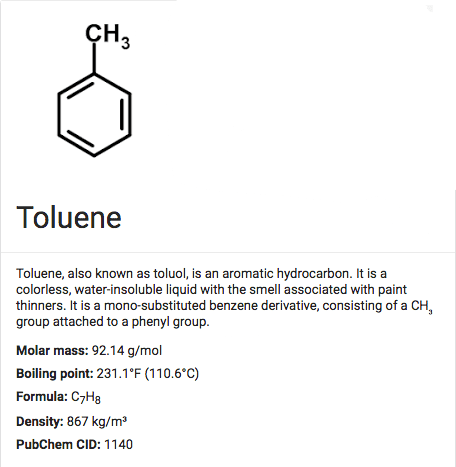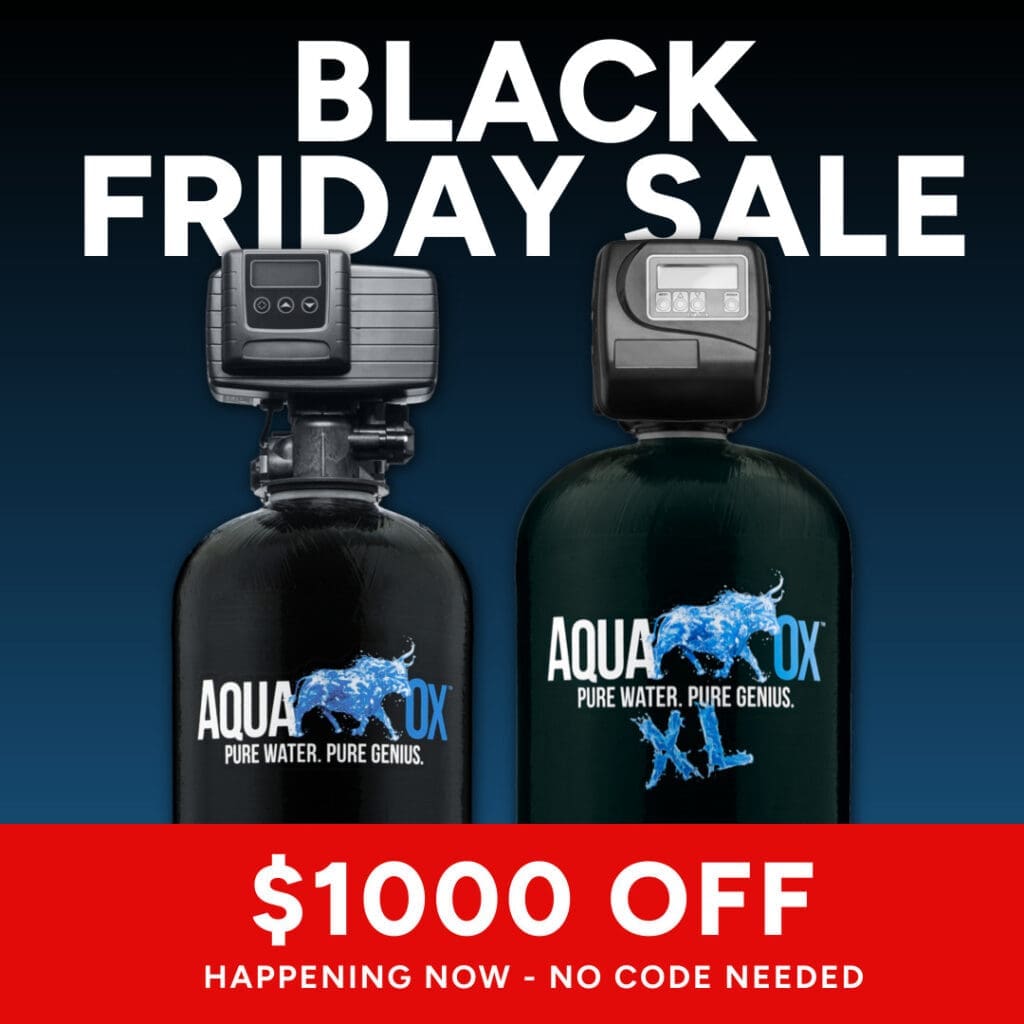About Toluene and Water
Toluene and water are two liquids with vastly different properties that are often found in close proximity. Despite their differences, they have important roles in various industrial applications, but their combination can be hazardous.
Toluene is a versatile organic solvent widely used in industries such as pharmaceuticals, plastics, and synthetic fibers. It has a distinct odor and is not soluble in water. In contrast, water is a colorless, odorless liquid that is essential for life.
When toluene and water come into contact, it can pose significant risks, including fire hazards, explosion risks, and environmental contamination. Therefore, it is essential to understand the dangers and safe handling procedures for these liquids.
In this article, we will discuss the potential hazards of these liquids’ combination, including how it can impact human health and the environment. We will also explore the various industrial applications of toluene, and how to minimize the risks of exposure by removing toluene.
What is Toluene?
Also known as toluol, the chemical element is a colorless, sweet-smelling organic liquid. The chemical formula for toluene is CH3. It is an aromatic hydrocarbon that is mainly used as a solvent and an industrial feedstock.
What Types of Uses Does Toluene Have?
Toluene is a clear organic liquid that has a variety of uses across several industries. Its primary use is in toluene hydrodealkylation, a process that converts toluene to benzene. Additionally, toluene is an essential ingredient in the production of explosives, foams, solvents, fuels, inhalants, and synthetic drugs.
As a solvent, toluene is commonly used in the production of paint thinner and contact cement. However, it also has a dark side as a recreational inhalant for its intoxicating effects.
Overall, toluene’s versatility and usefulness make it a valuable commodity in many industries, but its potential danger as a recreational inhalant highlights the importance of responsible handling and regulation.
How Is Someone Exposed to Toluene?
Exposure to toluene can occur through inhalation, skin contact, or ingestion. You can get exposed to toluene through inhalation of its fumes, which can be very harmful if the concentration is high.
Toluene can also be released into the environment through spills or leaks. In California, toluene has been detected in groundwater due to leaks from underground storage tanks. In these cases, monitoring and cleanup efforts are necessary to minimize the risk of exposure to humans and wildlife.
The extent of toluene exposure can be determined through water testing. In industrial settings, air monitoring can be conducted to measure the concentration of toluene present in the air.
In the case of urethane foam production, workers may be exposed to toluene through skin contact and therefore, protective equipment are required. Symptoms can include dizziness, headache, nausea, and vision problems.
How Does Toluene Get into Your Drinking Water?
The common cause of toluene-contaminated water systems is due to runoff from petroleum factories. The improper storage and disposal of the organic liquid may lead to the release of the substance into the environment.
Therefore, lakes, rivers, streams, ponds, private wells nearby, and other water systems are polluted in the process. It’s important to monitor these water sources to prevent toluene from accumulating into higher concentrations.
What are the Health Risks Associated with Toluene?
Individuals who were exposed to high levels of toluene in drinking water may experience health problems with their kidneys, liver, and nervous system.
Short-term exposure to the contaminant in drinking water may lead to minor nervous system disorders. The exposed individual may experience weakness, fatigue, confusion, and nausea.
Chronically exposed at levels above the MCL can cause serious health problems to the kidneys, liver, and nervous system.
How Common is Toluene in Water?
Toluene levels of above 0.5 mg/L are found in nearly 1% of public water systems in the USA. Since there are many uses for the chemical element, there are many factories that contribute to the release of this organic liquid into the environment.
Is Toluene Soluble in Water?
Toluene and water are two liquids with vastly different properties, and one of the most interesting aspects of their relationship is their solubility, or lack thereof.
Toluene is not soluble in water, meaning it does not dissolve in it. This is because toluene is a hydrocarbon, and water is a polar molecule.
When they are mixed, they will form two distinct layers, with toluene on top and water on the bottom. This can create a number of challenges in industrial settings, where the two liquids may come into contact.
Spills or leaks of toluene can contaminate water sources and pose a threat to human health and the environment.
However, the fact that toluene is not soluble in water can also be advantageous in certain industrial applications. Toluene can be used as a solvent for water-insoluble compounds, and the two liquids can be used together in some chemical reactions.
Overall, understanding the solubility of toluene in water is crucial for safe handling and use in a variety of industries.
What is the EPA Standards for Toluene in Drinking Water?
The Environmental Protection Agency (EPA) is a government agency in the United States that regulates and enforces environmental laws. Toluene is one of the substance that is regulated.
The EPA has established a maximum contaminant level goal (MCLG) of 1 mg/L or 1 part per million (ppm) for toluene in drinking water.
An MCLG is a non-enforceable health-based guideline that represents the level of a contaminant in drinking water at which there are no known or expected adverse health effects. In other words, the MCLG is the level at which there is no risk to human health from exposure to toluene through drinking water.
If the concentration of toluene in drinking water exceeds the MCLG, it is considered a potential health risk, and the EPA requires that it be addressed. Public water systems are required to monitor the levels of toluene in drinking water and take appropriate action if levels exceed the MCL.
How Will I Know if Toluene is in My Water?
One of the most obvious signs of toluene contamination is a strong, pungent odor, which is often described as aromatic. But, in some cases, toluene may not always have a noticeable odor, especially in low concentrations.
Another indication is changes in the color or appearance of the water. Toluene can cause water to appear cloudy or discolored. It may also cause a visible layer to form on top of the water.
If you suspect toluene contamination in your water, you will need to have it tested by a certified laboratory. Water testing determines the concentration of toluene present in the water and identifies any other contaminants that may be present.
Long Term Treatments for Toluene Contamination
In order to develop an effective long-term plan it’s important not only to understand the source, the extent and nature of the contaminated material, as well as understanding the secondary contaminants.
Toluene contamination at gasoline stations may have elevated levels of iron, manganese and heterotrophic bacteria, as well as a number of other organic materials. Therefore, a treatment process might require oxidation or filtration, air stripping, carbon filtration, UV disinfection or reverse osmosization.
Similarly, the remediation of contamination is advisable prior to the initiation of an effective long-term solution.
Filtration
Filtration is one of the most common methods for removing toluene from water. This process involves passing water through a filter that captures toluene particles, effectively removing them from the water. Filtration can be done through several different methods, including activated carbon filtration, sand filtration, and multimedia filtration.
Air Stripping
Air stripping is another method for removing toluene from water. This process involves exposing contaminated water to air, which causes the toluene to evaporate and separate from the water. The toluene vapors can then be captured and treated separately.
Reverse Osmosis
Reverse osmosis is a highly effective method for removing toluene from water. This process involves forcing contaminated water through a semi-permeable membrane that filters out toluene particles. Reverse osmosis can remove up to 99% of toluene from water, making it an ideal solution for highly contaminated water sources.
UV Disinfection
UV disinfection is a method that uses ultraviolet light to destroy toluene particles in water. This process involves passing contaminated water through a chamber where it is exposed to UV light, effectively breaking down the toluene particles.
What is the Best Reduction Media for Removing Toluene from Drinking Water?
Granular activated carbon or GAC in water filter systems can reduce the levels of toluene in your drinking water. Water treatment systems like AquaOx’s whole house water filter can help prevent the health risks associated with the contaminant by eliminating toluene before it reaches your faucet.
Get a water filter system today, and protect your family from the potential health threats of contaminants in your drinking water.
From The Agency of Toxic Substances and Disease Registry
Toluene is a clear, colorless liquid with a distinctive smell. It is a good solvent (a substance that can dissolve other substances). Toluene occurs naturally in crude oil and in the tolu tree. It is produced in the process of making gasoline and other fuels from crude oil and in making coke from coal.
Toluene is used in making paints, paint thinners, fingernail polish, lacquers, adhesives, and rubber and in some printing and leather tanning processes.
It is used in the production of benzene, nylon, plastics, and polyurethane and the synthesis of trinitrotoluene (TNT), benzoic acid, benzoyl chloride, and toluene diisocyanate. It is also added to gasoline along with benzene and xylene to improve octane ratings.

-
Water Filters
AquaOx Whole House Water Filter
$2,499.00 – $4,999.00 Select options This product has multiple variants. The options may be chosen on the product pageRated 5.00 out of 5









